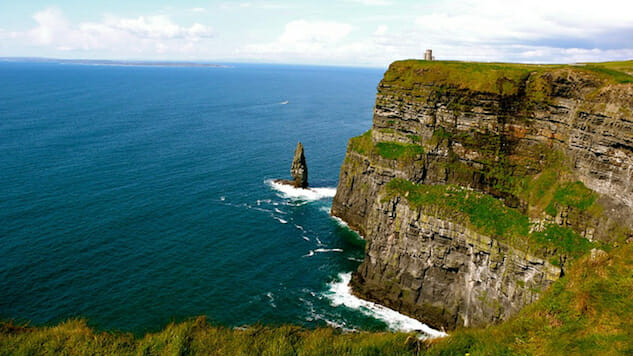Breakout Role: Ireland

Never thought of visiting Ireland? Well, you might be soon. In our Breakout Role series, we take a look at places that have seen huge increases in tourism in the last few years, and try to figure out what’s causing all the hype.
For the United Kingdom, 2016 has been a pretty crazy year. After the government held a referendum this past June on whether or not it should leave the European Union, the country voted to exit the EU and its previously well-liked prime minister, David Cameron, resigned from office.
Although there have been signs that Brexit will ultimately help tourism in the UK, as well as a good deal of evidence to the contrary, Ireland, Britain’s neighbors to the west, have seen a record year, with more visitors than ever planning trips to the island nation.
With 10.5 international visitors coming into the country in 2016, the year has been dubbed Irish tourism’s best year ever. This trend isn’t anything new though, as foreign visitors have increased by around 3 million people in the past four years alone.
![]()
Lights
 Photo: Giuseppe Milo, CC-BY
Photo: Giuseppe Milo, CC-BY
Even with the threat of Brexit looming, the Irish hospitality industry is expected to continue its growth in the years to come, with tourism set to earn the country 5.7 billion dollars in 2017 despite Britain beginning the formal EU withdrawal process by this upcoming March. Eric White, the vice president of sales, marketing and operations for European vacation company Celtic Tours says UK’s exit from the EU will likely only affect British travellers, leaving most other markets untouched.
”[For people in the UK] it used to be really easy and inexpensive to go over—even for a long weekend. Now I think that we could see some of that lessening,” White says. “But as far as [visitors from other countries] I don’t really see Brexit as having much of an impact.”
For other English speaking tourists, White says a familiarity with the language and a well-founded sense of safety helps draw more visitors each year. For Americans in specific, common heritage often plays a role as well, as there are around 35 million Americans—around seven times more than the entire population of Ireland—who trace their backgrounds to the Celtic nation.
![]()
-

-

-

-

-

-

-

-

-

-

-

-

-

-

-

-

-

-

-

-

-

-

-

-

-

-

-

-

-

-

-

-

-

-

-

-

-

-

-

-

 Photo:
Photo:  Photo:
Photo: 






































